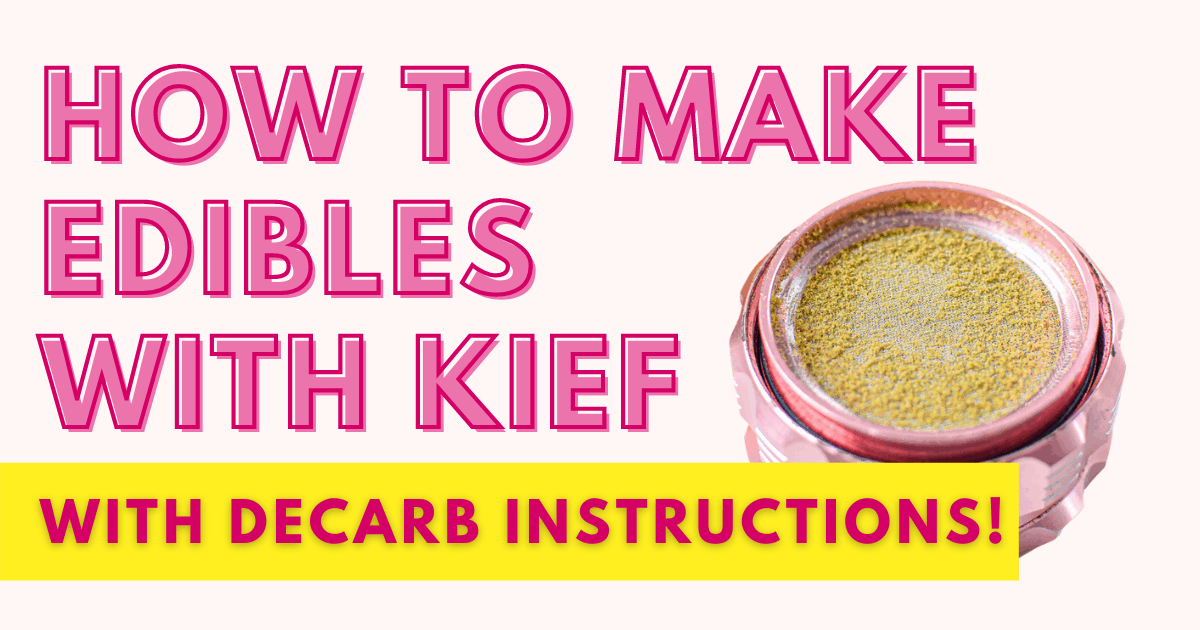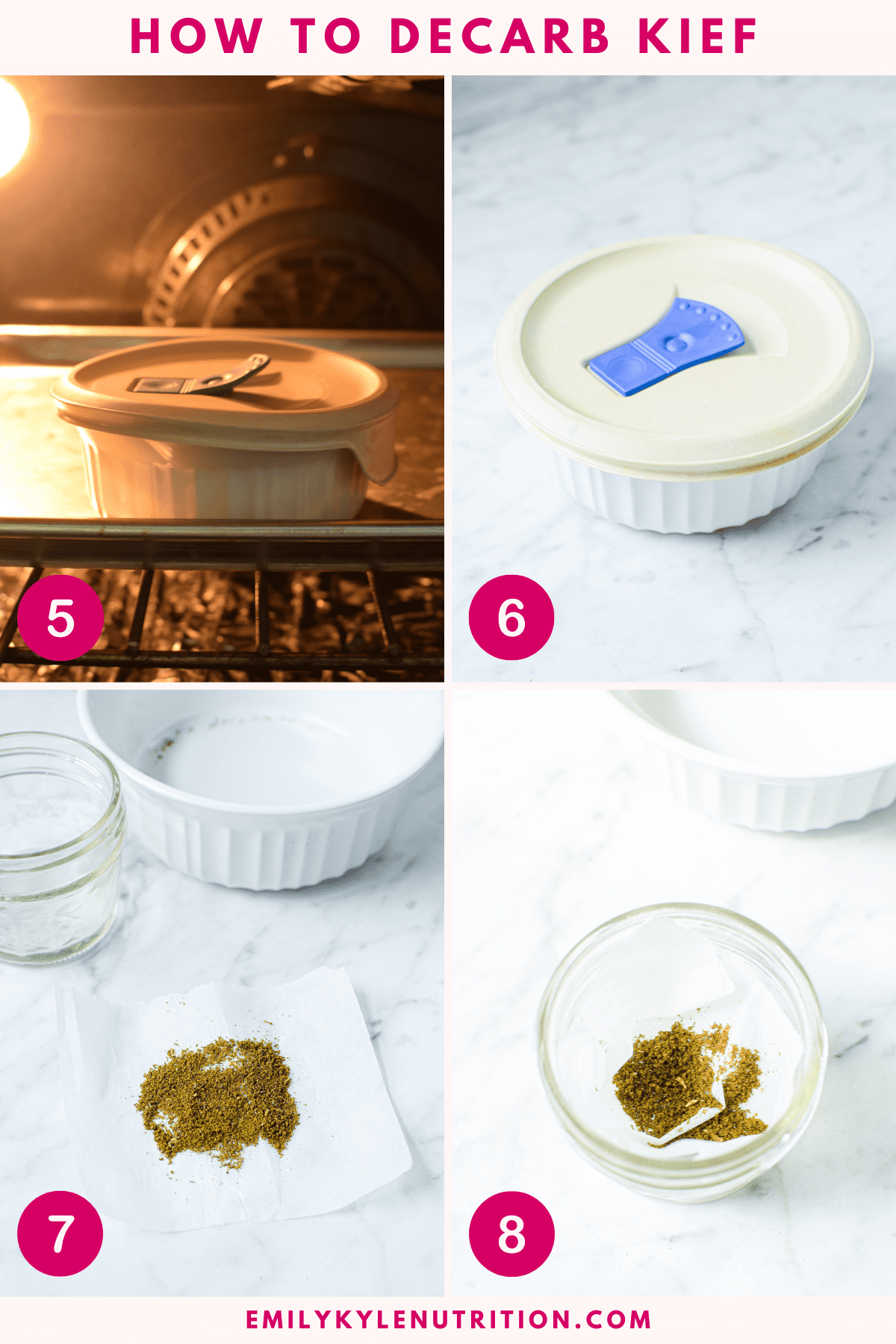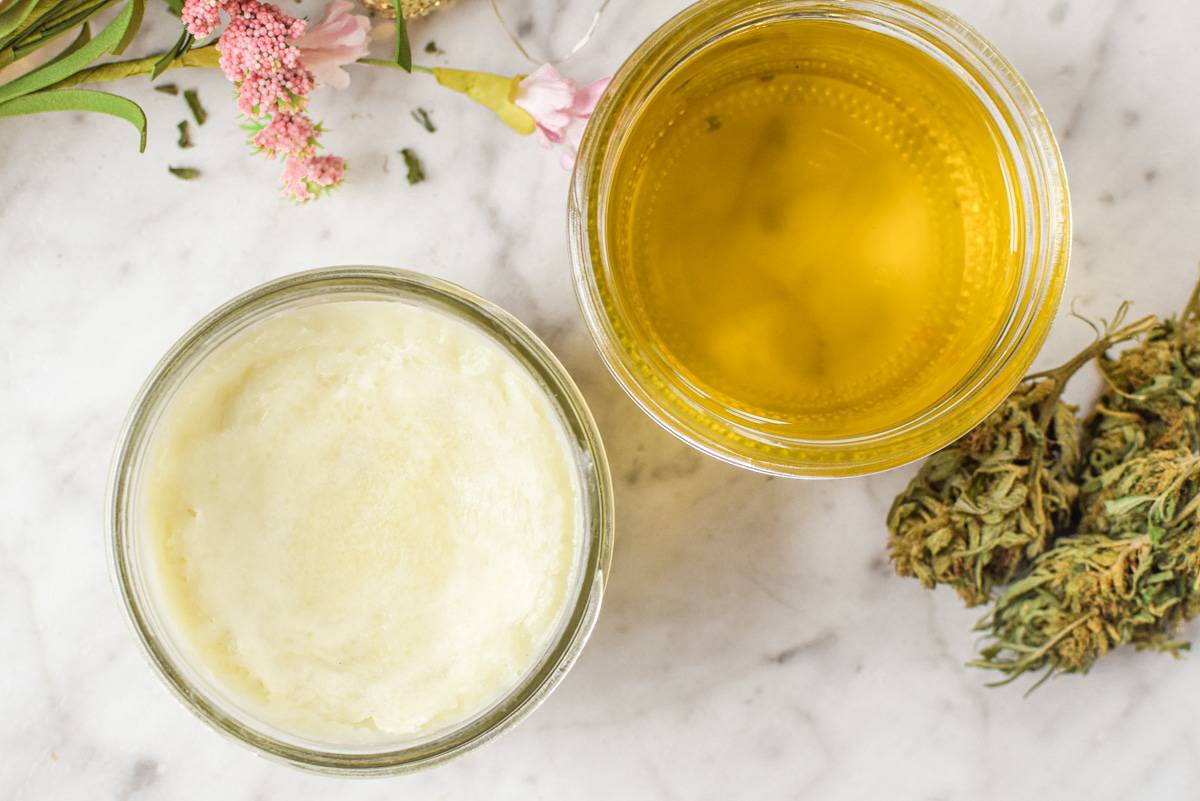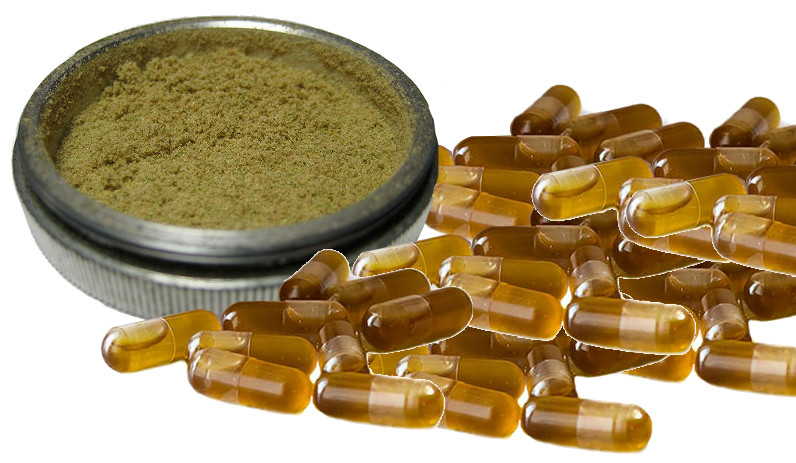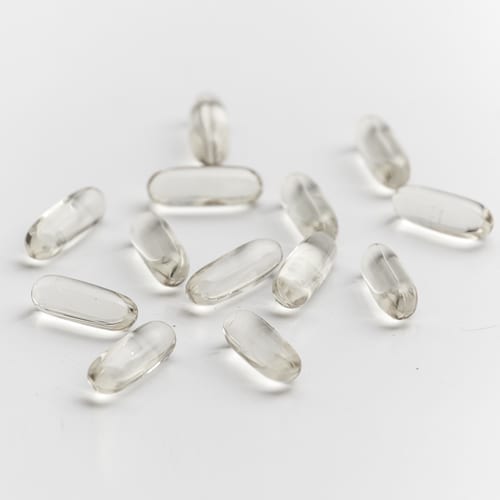30 grams kief
6 tablespoons coconut oil
1.5 teaspoons sunflower lecithin (accident)
2.0 teaspoons Fearn soy lecitihin
5 minutes out from the freeze. May freeze for an hour or 2 on this one.
Was having a hard time getting the thick kief sediment to suck up into the dropper.
Also last batch I had friends over and it took a couple hours to complete so it was on the mug heater possibly or a while which may have led to some cannabinoid degradation and lower THC potency.

6 tablespoons coconut oil
1.5 teaspoons sunflower lecithin (accident)
2.0 teaspoons Fearn soy lecitihin
5 minutes out from the freeze. May freeze for an hour or 2 on this one.
Was having a hard time getting the thick kief sediment to suck up into the dropper.
Also last batch I had friends over and it took a couple hours to complete so it was on the mug heater possibly or a while which may have led to some cannabinoid degradation and lower THC potency.




